SUMMARY
This is AI generated summarization, which may have errors. For context, always refer to the full article.
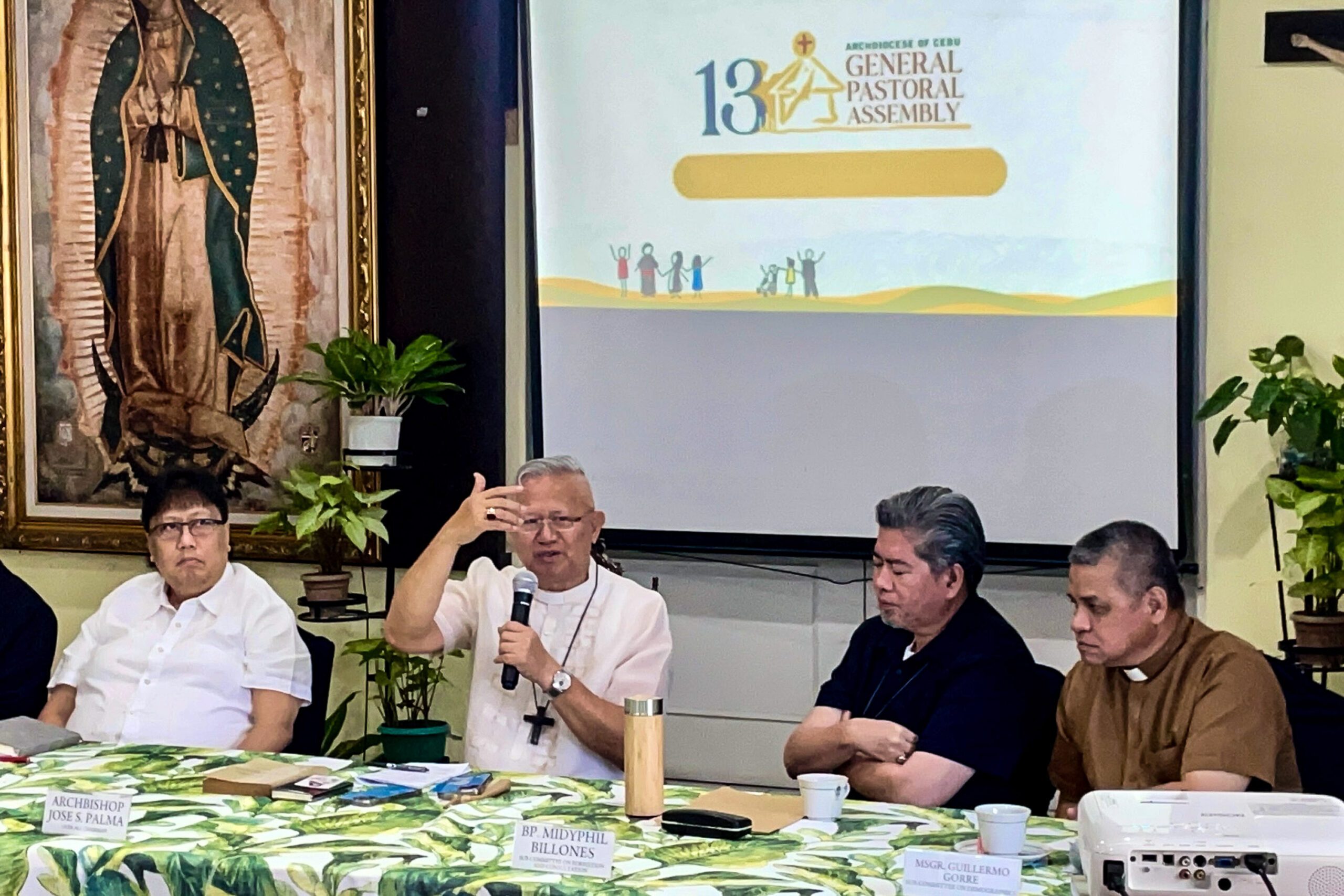
CEBU, Philippines – Clergy and laity expect a more responsive and efficient church once Pope Francis approves the proposed breakup of the Archdiocese of Cebu.
But some of the local faithful fear that it could come at the expense of the church’s “gravitas” – the weight it carries when the flock faces political and socio-economic threats.
The archdiocese’s General Pastoral Assembly (GPA) approved the breakup proposal during their November 14 to 16 gathering in Mandaue City. Church officials, members of the clergy, and laity representatives attended the event.
Cebu Archbishop Jose S. Palma on November 17 said the archdiocese will send the approved proposal in January 2024 to the Catholic Bishops’ Conference of the Philippines (CBCP), and to the Vatican for the Pope’s approval shortly after.
Only the Pope can erect a diocese, Palma said during the press conference that announced the GPA decision.
5 million faithful
The Cebu archdiocese serves an estimated 5 million Catholics, the biggest population of the faithful in the Philippines.
The proposed “Sugbuswak,” would give the archdiocese two new territories: the Diocese of Danao in northern Cebu and the Diocese of Carcar in southern Cebu.
The Archdiocese of Cebu will be left with the metropolitan area: the tri-cities of Cebu, Mandaue, and Lapu-Lapu, up to the towns of Balamban, Asturias, Consolacion, and Minglanilla.
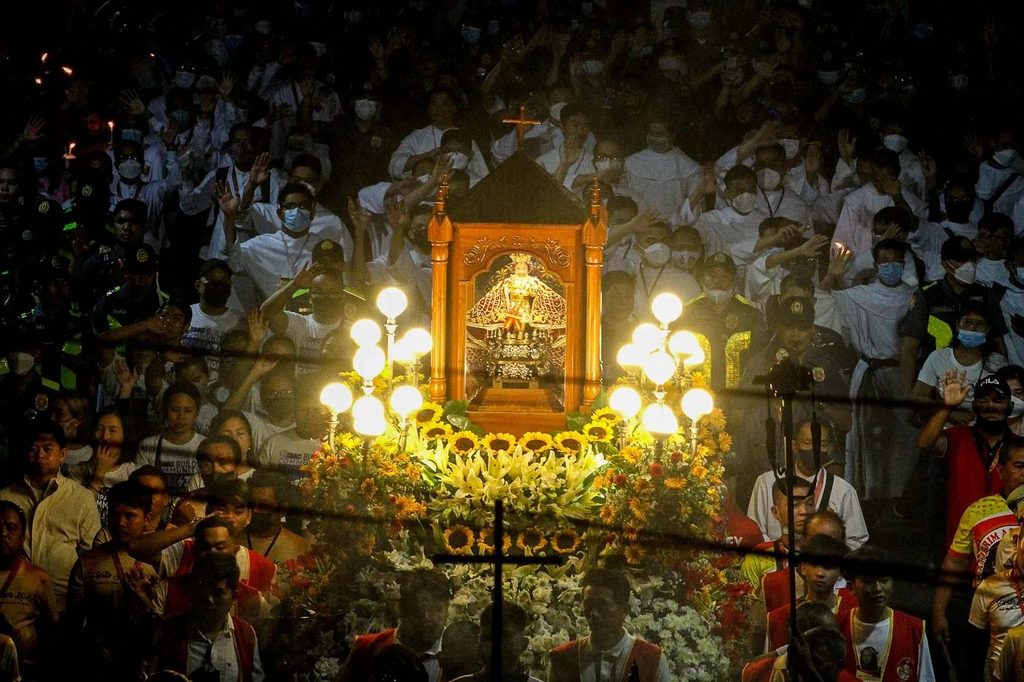
The new territories will be closer to communities, improving the pace and quality of pastoral duties.
To illustrate the size of the archdiocese, Palma said he has to travel a whole day to celebrate just one mass in a far-flung town. Parishioners from highland areas and the islands also face difficulties every time they need to see their archbishop in Cebu City.
Smaller church territories will also make it easier for parishioners to engage with the chancery when picking up or correcting information in church documents like baptismal and marriage certificates, explained the official archdiocesan newsletter Bag-ong Lungsoranon.
Smaller ecclesiastical territories will also foster a closer relationship between the bishop and his priests.

Canon lawyer Monsignor Raul Go said there is no “no specific mathematical formula” nor regulation covering the growth of dioceses and their division.
Go, the chair of the finance and logistics sub-committee of the group studying the breakup of the archdiocese, said in an interview that dioceses that grow too big usually get divided.
He noted the Cebu Archdiocese’s 380 diocesan priests compared with less than 50 priests in the Archdiocese of Ozamiz. The Archdiocese of Manila, Go said, has been divided into the dioceses of Caloocan, Novaliches, Cubao, Paranaque, Pasig, and Manila.
Prophetic voice
While pastoral duties directly aid in the salvation of souls through the liturgy, sacraments, and other activities, the Church’s prophetic voice has helped shape societies and countries.
This part of the Church’s tasks involves dealing with secular officials and business leaders. The outspoken Pope Franci has thrown a spotlight on this role.
There is the possibility “of some degree of diminution of the gravitas” of the local church, acknowledged Fr. Ramon Echica.
“It happened when the Archdiocese of Manila also gave birth to several dioceses. Jaime Cardinal Sin was always a force to reckon with since he commanded a large archdiocese. That is no longer the case,” said Echica, the dean of studies of the Seminario Mayor de San Carlos and author of the book “Jesus for Filipinos.”
“But I also have to add that when it comes to gravitas, the size of the archdiocese is not the only factor. To a large extent, the gravitas that Cardinal Sin carried was also his personal charisma,” Echica added.
Lawyer Maria Jane C. Paredes, a longtime journalist and corporate communications manager, said: “Bishops don’t always speak as one on certain issues. But what if you have a situation where a united front from all three prelates is necessary to address a major concern affecting all of us Cebuanos? And these three bishops can’t seem to agree? That’s a lot of dissonance which could eventually lead to confusion.”
Paredes, a former church volunteer who now teaches communications in UP Cebu and Seminario Mayor de San Carlos, said the church will have to deal with important issues that affect the community, such as those on the environment.
The voice of the bishop, she stressed, plays a crucial role in galvanizing the community to take a stand and act.
Slow process
The Archdiocese of Cebu or the Archdiocese of the Most Holy Name of Jesus in Cebu was erected on August 14, 1595.
It lost territories through the centuries with the creation of new dioceses: Diocese of Jaro in 1865, Prefecture Apostolic of Marianne Islands in 1902, Diocese of Calbayog in 1910, Diocese of Zamboanga in 1910, Diocese of Bacolod in 1932, and Diocese of Tagbilaran in 1941. It was elevated into an archdiocese in 1934.
The breakup of the current archdiocese was first raised officially during the Cebu Archdiocesan Priests’ Congress on August 20, 2002. That prompted a proposal to study “the viability and practicality of partitioning the Archdiocese into three.”
After the priests’ congress, several major events, including the 500th Year of Christianity celebration, delayed work on the partitioning.
Palma said both the current apostolic nuncio Charles John Brown and his immediate predecessor Gabriele Giordano Caccia have been following him up on the partitioning of the archdiocese.
The move started in earnest with an announcement during the New Year’s Eve mass last December 31, 2022.
To study and prepare for the breakup, the archdiocese created several sub-commissions: formation and consultation, geographical boundaries, finance and logistics, demographics, and institutions.
The archdiocese spoke out against the move in the mid-2000s to break up the Province of Cebu into smaller provinces. When asked about the disconnect, church officials said circumstances have changed and the goals are different.
The goal of the division of the archdiocese is “the salvation of souls,” the archdiocese said in GPA guidelines.
The process that led to the GPA approval displayed some potholes despite the archdiocese’s description of Sugbuswak as a “demonstration of the church in synodality.”
Lay representatives to the GPA, including prominent retired Cebuano judges Supreme Court Chief Justice Hilario Davide Jr. and Simeon Dumdum Jr, pointed out the absence of the voice of their sector.
Journalist Eileen Mangubat, among the lay representatives, described the document as “clergy-centric” during the plenary discussion.
Palma then asked vicar general Msgr. Rogelio Fuentes, spiritual director of the Commission on Laity, to convene the body for their proposals.
The discussion was closed and Davide asked that rather than raise their hands to vote on the historic proposal, the passage be deemed unanimous and for everyone to stand to signify approval. – Rappler.com
Add a comment
How does this make you feel?

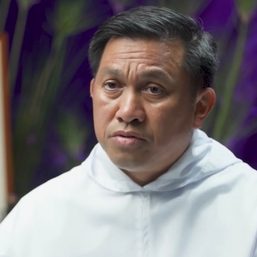
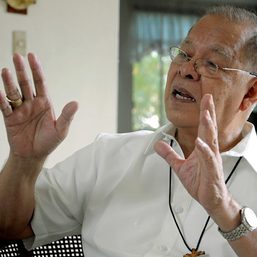
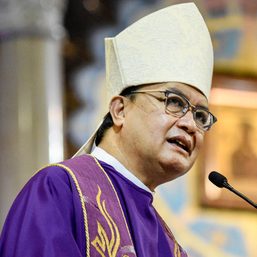
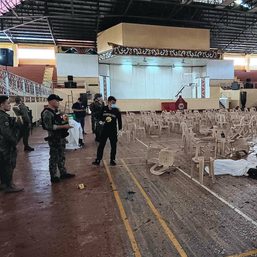









![[The Wide Shot] Peace be with China](https://www.rappler.com/tachyon/2024/07/wideshot-wps-catholic-church.jpg?resize=257%2C257&crop=311px%2C0px%2C720px%2C720px)
![[OPINION] A critique of the CBCP pastoral statement on divorce](https://www.rappler.com/tachyon/2024/07/TL-cbcp-divorce-statement-july-19-2024.jpg?resize=257%2C257&crop=285px%2C0px%2C722px%2C720px)
![[REFLECTION] Mary, Mother of the West Philippine Sea](https://www.rappler.com/tachyon/2024/07/may-mother-west-ph-sea-july-19-2024.jpg?resize=257%2C257&crop=293px%2C0px%2C751px%2C750px)
![[OPINION] Ignorance and prejudice](https://www.rappler.com/tachyon/2024/07/tl-ignorance-and-prejujdice.jpg?resize=257%2C257&crop_strategy=attention)
There are no comments yet. Add your comment to start the conversation.